10 Tips for Authenticating Vintage Designer Accessories
When it comes to vintage designer accessories, authenticity is key. With so many replicas on the market, it can be challenging to distinguish genuine pieces from counterfeit ones. Knowing what to look for can save you time and money while ensuring you invest in something truly valuable. From examining the materials to checking for unique markings, there are several steps you can take to authenticate an accessory.
This post may contain affiliate links, which helps keep this content free. Please read our disclosure for more info.
Check the Material Quality
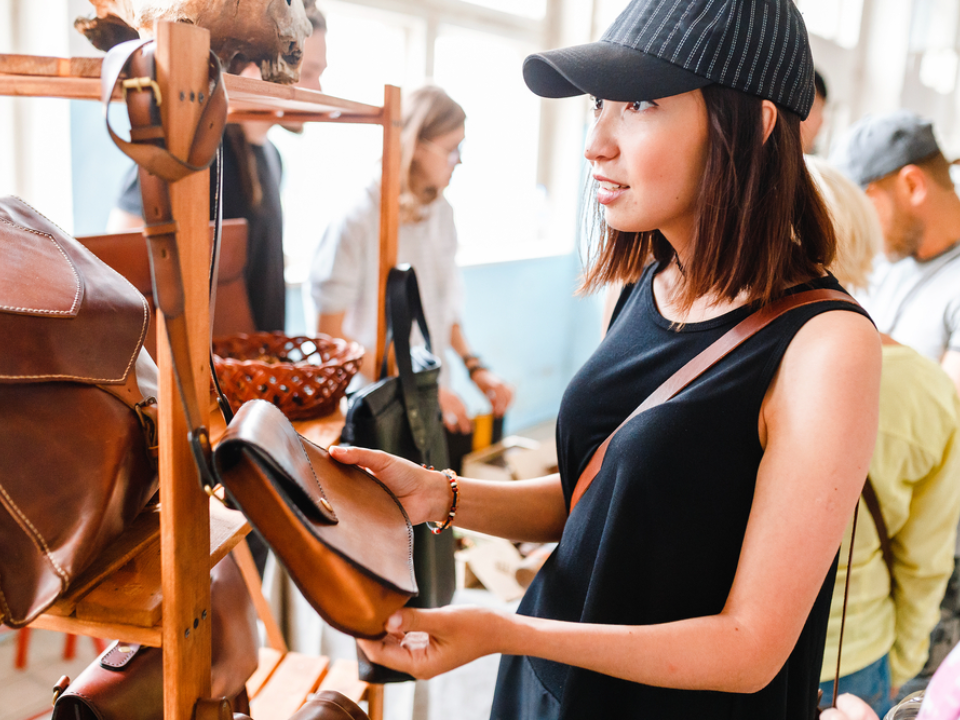
Authentic vintage designer accessories are crafted with high-quality materials that stand the test of time. The fabrics, leather, and metals used are often of superior quality, providing a noticeable difference in texture and weight compared to replicas. A genuine piece will feel substantial and durable, with finishes that reflect expert craftsmanship.
When examining the material, look for signs of aging, as true vintage items will show subtle wear that enhances their character. For leather items, check the stitching and feel for a smooth yet slightly worn surface, indicating authenticity. Synthetic materials or poorly crafted imitations may feel flimsy or overly stiff.
Examine the Stitching and Craftsmanship
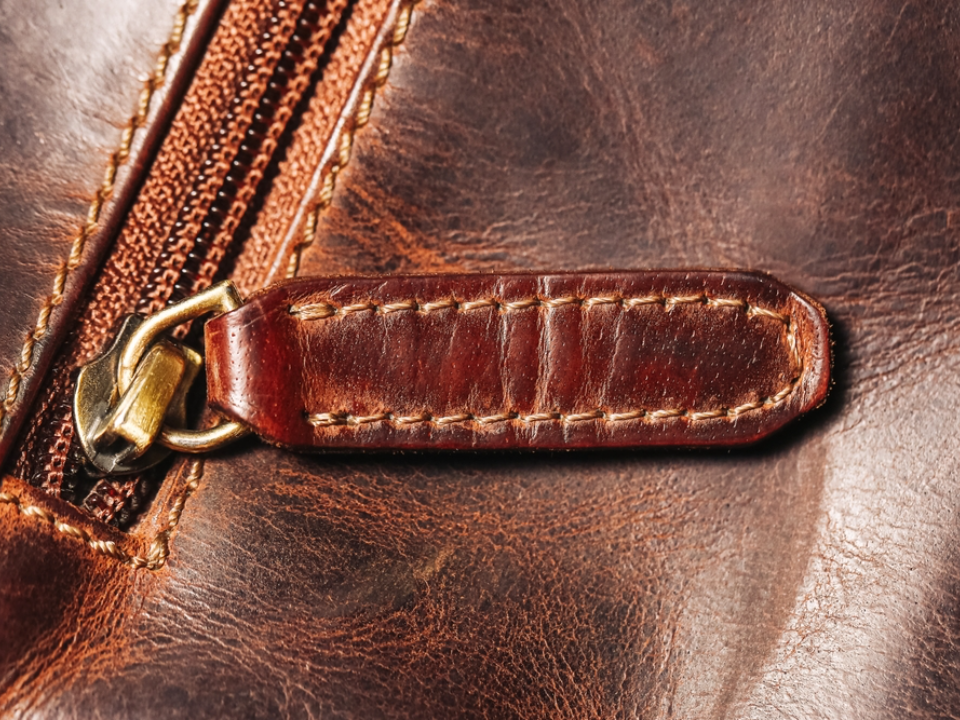
One of the key indicators of an authentic designer accessory is the stitching. Designer brands are known for their impeccable stitching, which is usually neat and evenly spaced. Pay close attention to how the seams are constructed, as genuine designer accessories use precise stitching to ensure durability and a flawless finish.
Check for small, consistent stitches that align perfectly with the design of the accessory. If the stitching looks uneven or there are loose threads, it could be a sign of a counterfeit item. Many designer brands also use a special type of stitching that is unique to their products, further confirming authenticity.
Look for the Brand’s Logo or Signature Mark
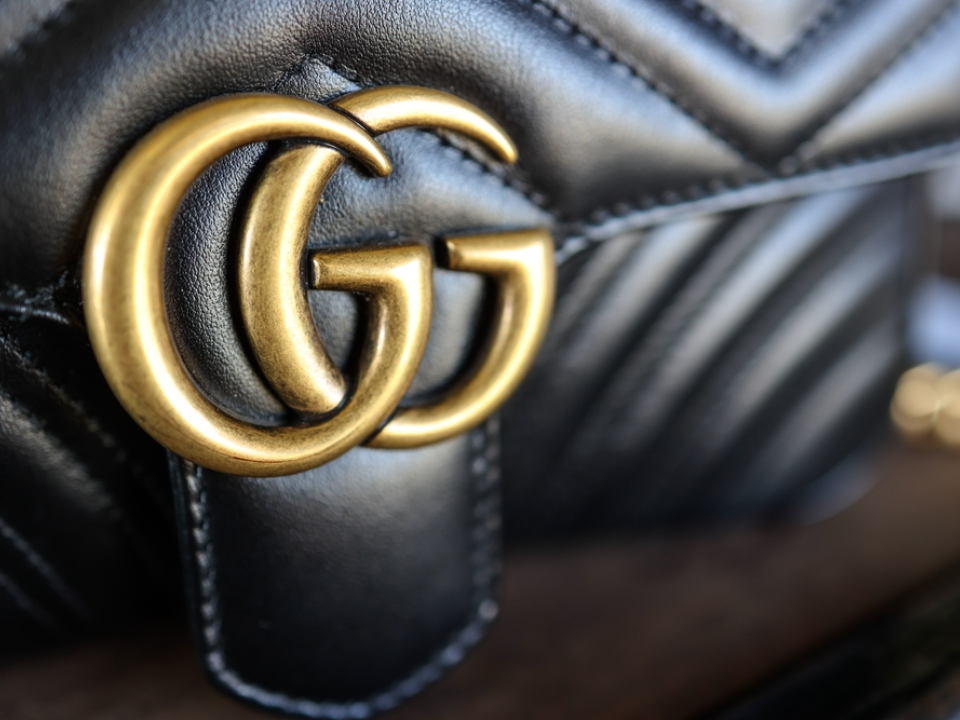
Every authentic designer accessory carries a signature logo or engraving that identifies the brand. Look for the logo on the hardware, inside lining, or on a tag. Authentic logos are precise and evenly printed, with no signs of smudging or misalignment.
Some designers may have unique fonts or logo placements that distinguish their items. If the logo appears off-center, blurry, or inconsistent with other pieces from the same designer, it may be a sign that the accessory is not genuine.
Verify the Serial Number or Unique Identifiers
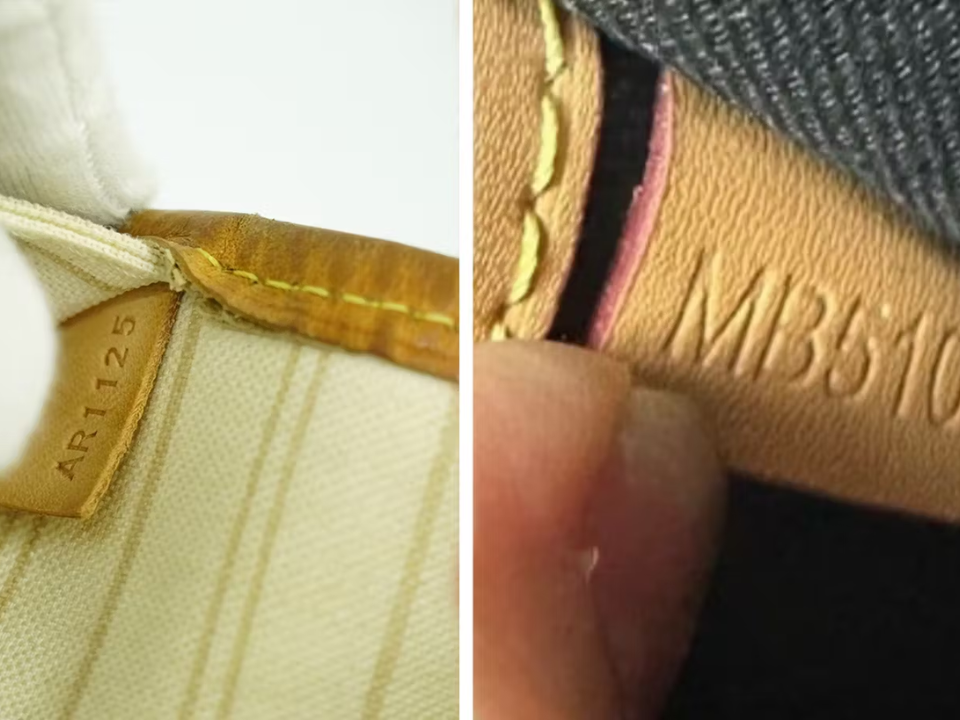
Many luxury brands provide unique serial numbers for their accessories, often engraved on the hardware or attached as a tag. These serial numbers can be cross-referenced with the brand’s database to confirm authenticity. If the serial number is missing or appears incorrectly formatted, the accessory may not be authentic.
Ensure the serial number is cleanly etched and not easily rubbed off. Some brands include additional identifiers, such as hologram stickers or special markings that can be traced back to the brand’s records.
Study the Hardware Details

Authentic vintage designer accessories often feature meticulously crafted hardware. Look closely at the zippers, clasps, buckles, and chains to check for the brand’s signature metalwork. Designer hardware is made with high-quality metals that resist tarnishing or chipping, and it should have a smooth, polished finish.
Counterfeit pieces may feature poorly constructed or flimsy hardware that doesn’t match the design’s quality. Check for imperfections such as uneven finishes or visible soldering marks, as these are often signs of a fake accessory.
Research the Designer’s Style and Trends
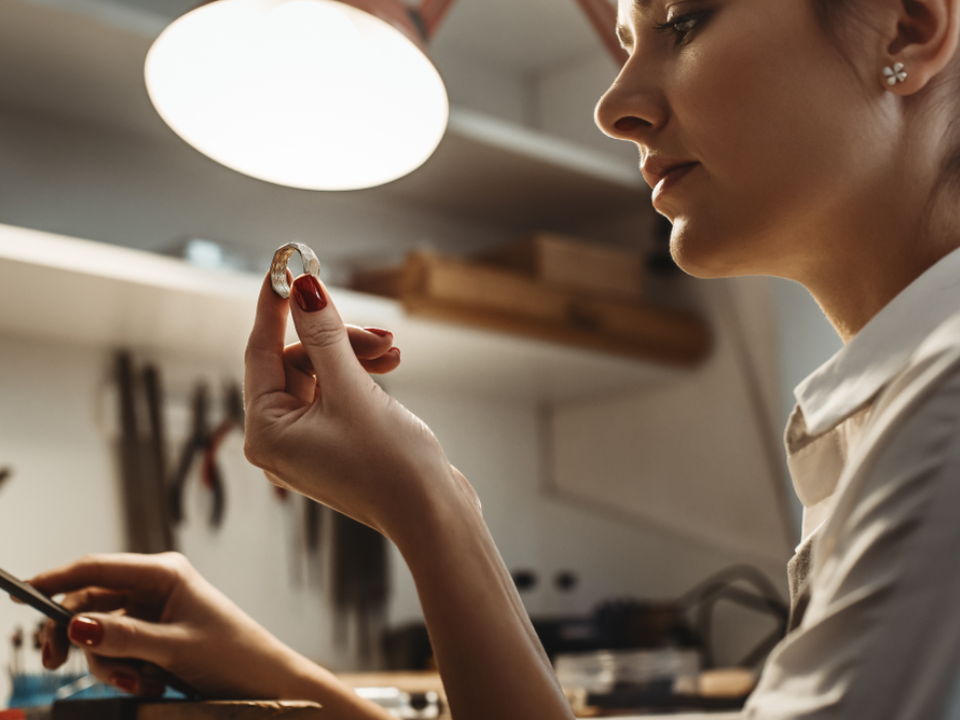
Each designer has a signature style or design trend that is consistent across their products. Research the brand’s history and signature elements to better understand what to look for in vintage pieces. Many designers have specific patterns, colors, and motifs that they favor, which are easily identifiable once you familiarize yourself with their work.
By understanding the designer’s unique approach, you will be able to spot inconsistencies or anomalies in the design of the accessory. A genuine designer piece will always adhere to the brand’s established aesthetic.
Examine the Condition of the Item
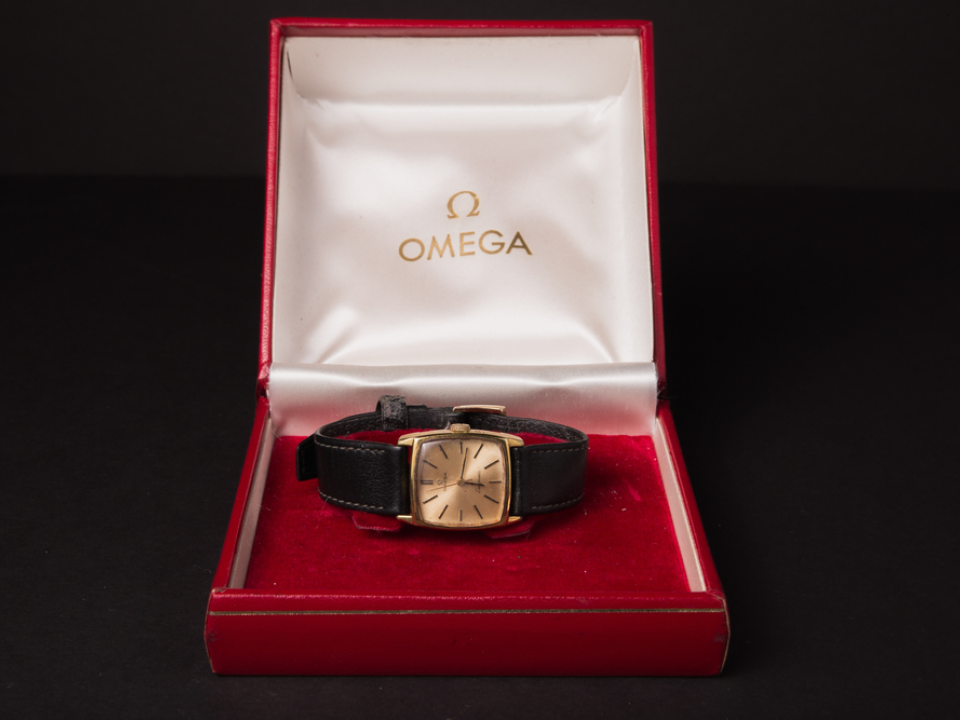
Vintage designer accessories are made to last, and while they may show some signs of wear, they should still maintain their overall structure and appeal. Check for any damage or excessive signs of aging that seem inconsistent with the piece’s age. While minor scuffs and discoloration are normal, significant damage or unusual wear may point to a counterfeit item.
A genuine designer piece will have a well-preserved shape and functionality, even if it is several decades old. Counterfeit items often show signs of poor quality and may deteriorate much quicker than their authentic counterparts.
Assess the Weight and Feel
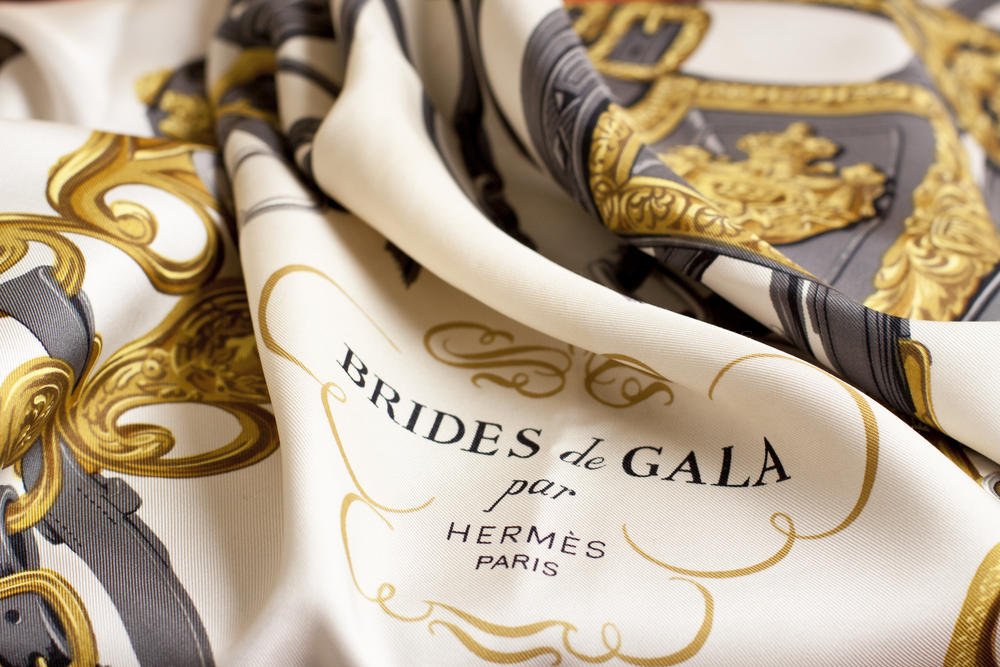
Luxury designer accessories are made with superior craftsmanship, and this often results in a certain weight or feel that counterfeit pieces cannot replicate. Genuine designer bags, wallets, and accessories typically feel heavier or more substantial due to the high-quality materials used. This is especially true for leather, which should have a rich, thick texture that is both sturdy and luxurious.
If the item feels too light or flimsy, it could be a sign of inferior materials being used. Authentic designer pieces will have a weight that matches their size and material composition.
Check the Packaging
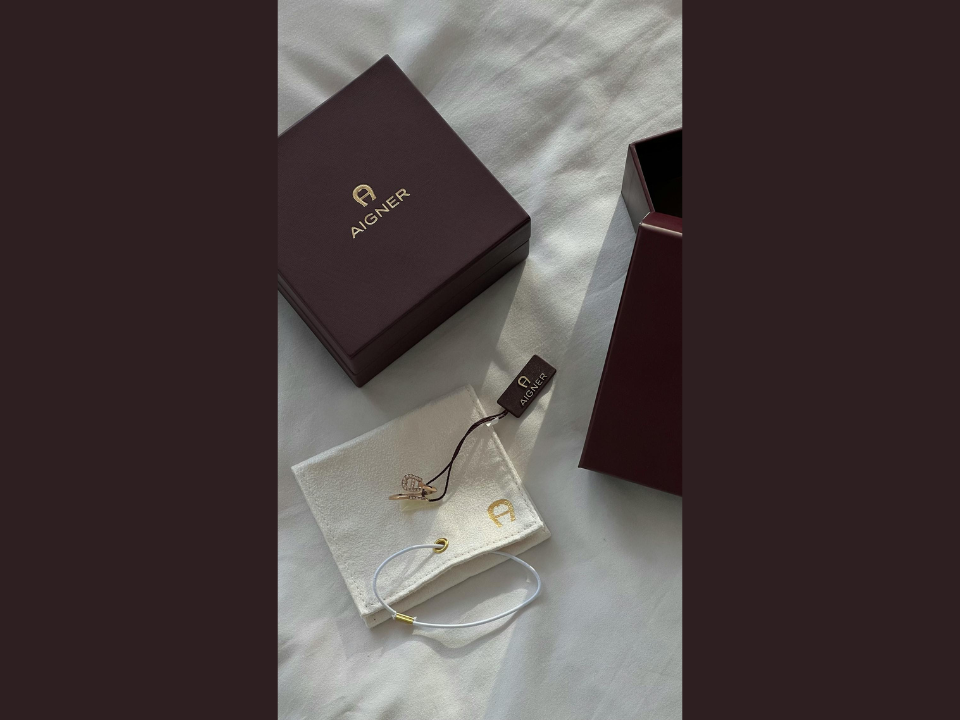
When purchasing a vintage designer accessory, the packaging can provide important clues about its authenticity. Authentic designer brands often package their accessories in high-quality dust bags, boxes, and protective coverings that feature the brand’s logo or signature. The packaging should feel luxurious and sturdy, with no cheap materials or loose, flimsy components.
If the item comes in poor-quality packaging that lacks the designer’s branding or looks inconsistent with the brand’s typical presentation, it may be a counterfeit. Examine the stitching and finish on any dust bags or boxes to ensure they align with the brand’s high standards.
Check for Handmade Details
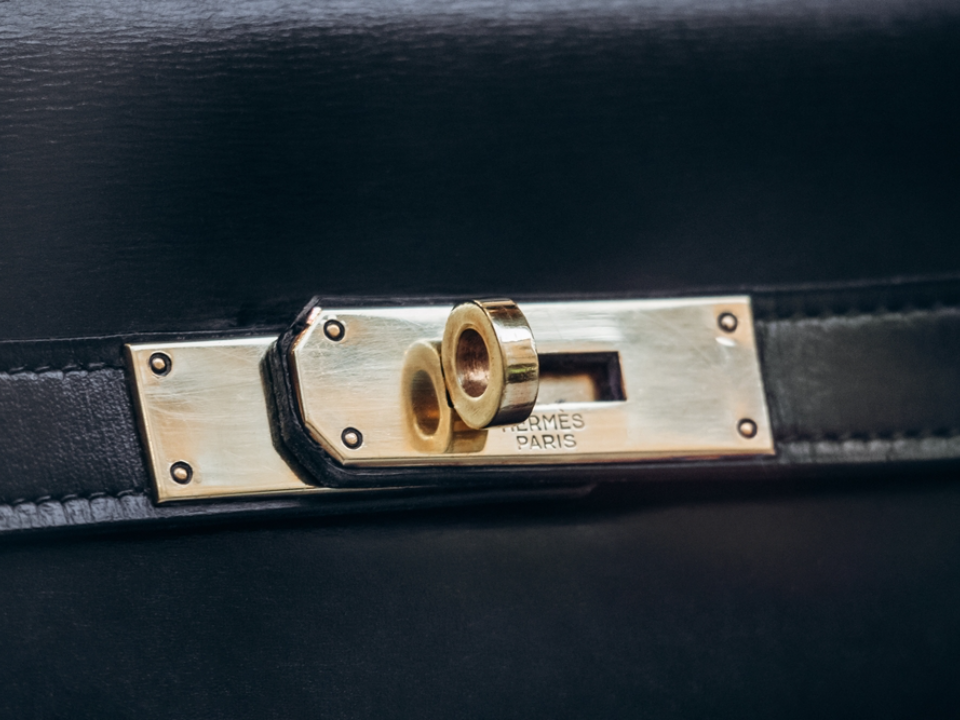
Many luxury designer accessories, especially vintage ones, are handmade. Look for signs that the piece was crafted with care, such as unique stitching, hand-painted details, or custom hardware. These small, handmade elements are often a signature of high-end designers who pride themselves on artisanal quality.
If the accessory seems overly uniform or machine-made, it might not be authentic. Handmade elements are often imperfect in a way that adds charm and value to the piece.
This article originally appeared on Avocadu.
